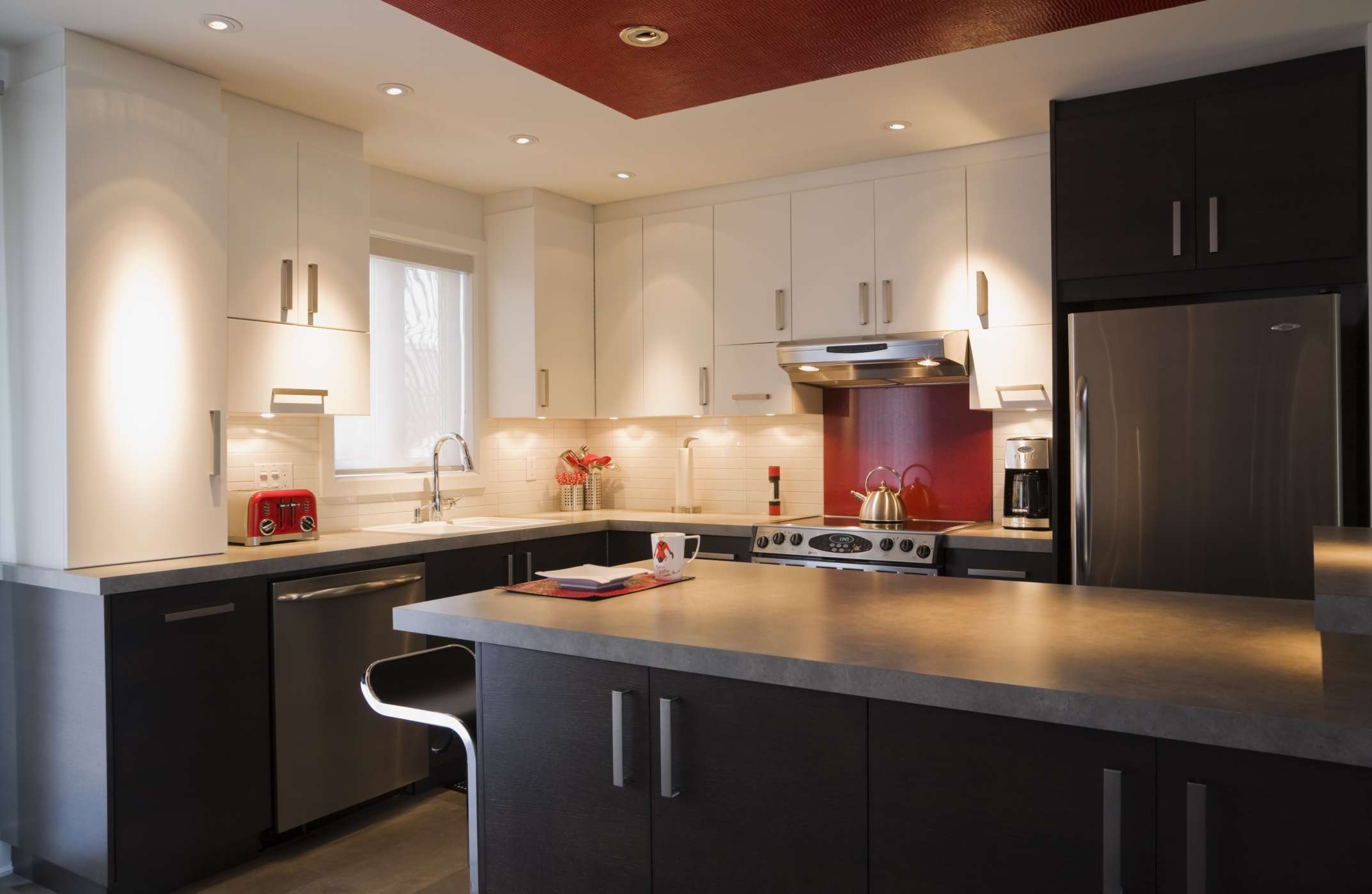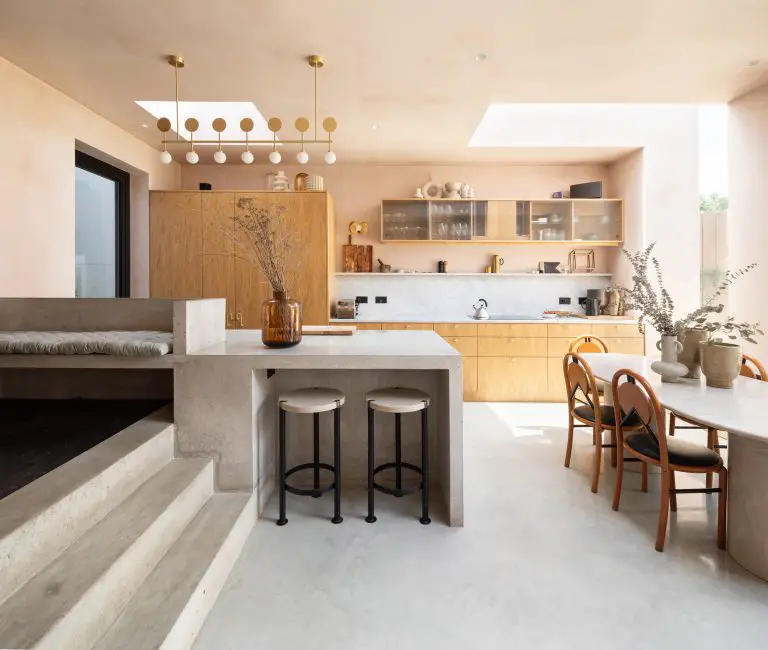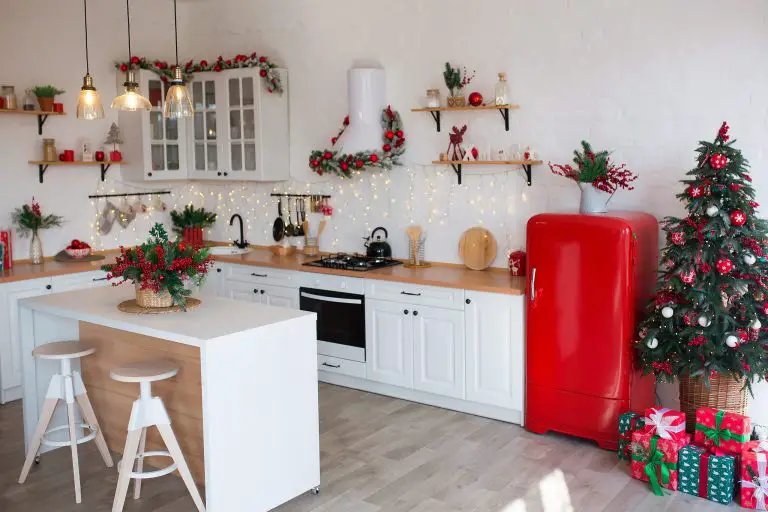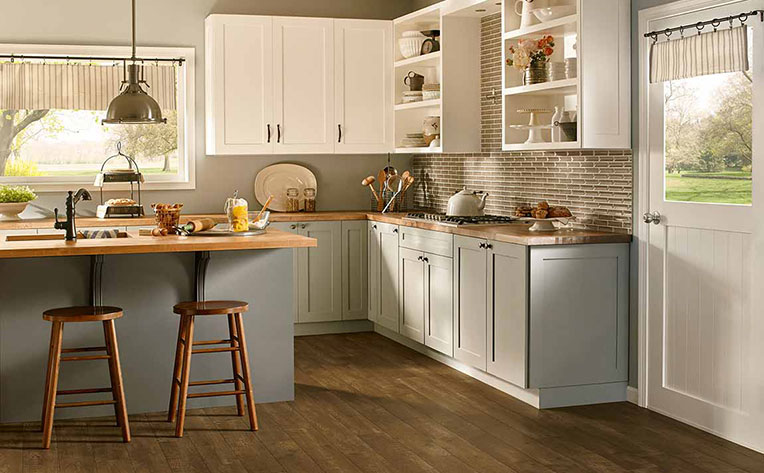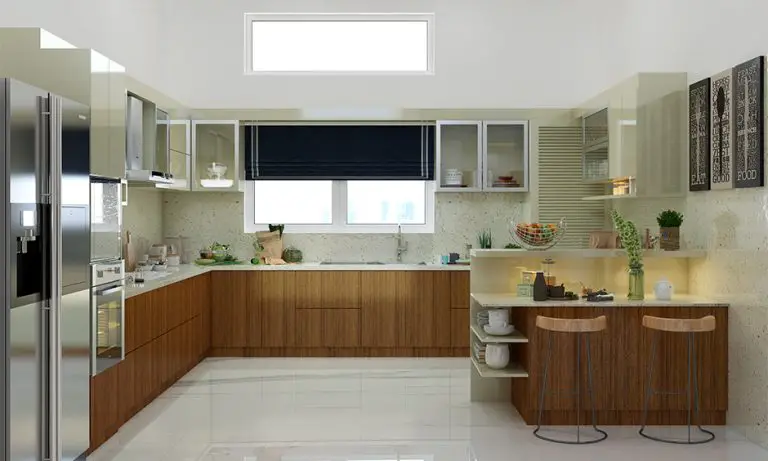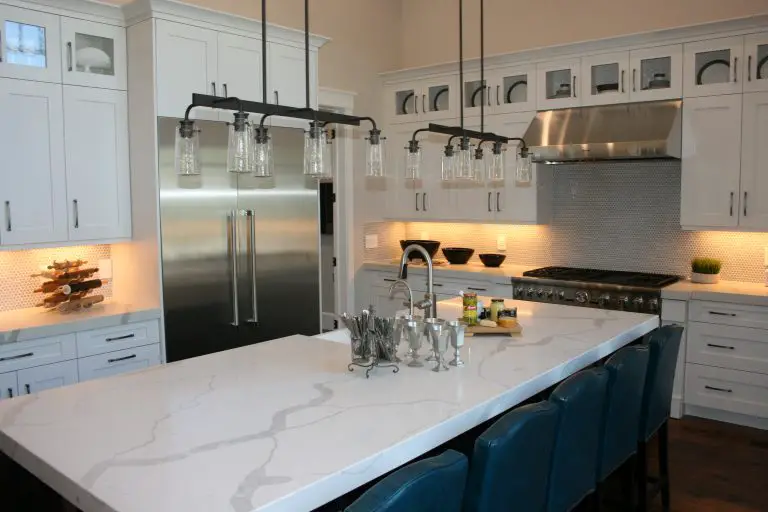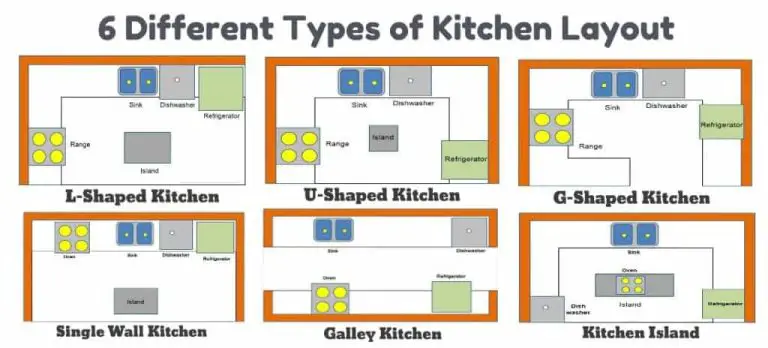Basics of Kitchen General and Work Area Lighting
Kitchen lighting is an essential part of any kitchen, and it is important to understand the basics in order to create a functional and aesthetically pleasing design. Kitchen general and work area lighting both play an important role in providing adequate lighting for preparing and cooking meals, as well as creating a pleasant ambiance. Understanding the basics of kitchen general and work area lighting will help you determine the right lighting fixtures for your kitchen. Kitchen general lighting typically covers a large area and is used to illuminate the entire kitchen and its work surfaces. This type of lighting is often provided by recessed ceiling fixtures, pendant lights, and track lighting. The work area lighting is used to provide more focused lighting for specific tasks such as meal preparation, cooking, and cleaning. Task lighting can come in the form of under-cabinet lights, hanging fixtures, and wall-mounted fixtures.
Types of Kitchen and Work Area Lighting
Kitchen and work area lighting is an essential part of any home. There are many different types of lighting to consider when designing the layout of your kitchen and workspace. From ambient lighting to task lighting, each type of lighting adds a different dimension to the space. Ambient lighting comes in the form of recessed lighting, pendants, and track lighting. It provides a broad illumination of the entire space and creates a cozy atmosphere. Task lightings, such as under cabinet lighting, spotlights, and adjustable desk lamps, is designed to make it easier to see the details of the tasks you’re performing. Accent lighting adds a decorative touch to the kitchen or workspace, and can be used to highlight artwork or add a touch of personality. Finally, natural lighting should be taken advantage of whenever possible to create an even more inviting and comfortable atmosphere. With so many different lighting options to consider, it’s important to research the best type of lighting for your kitchen and workspace to get the most out of your space.
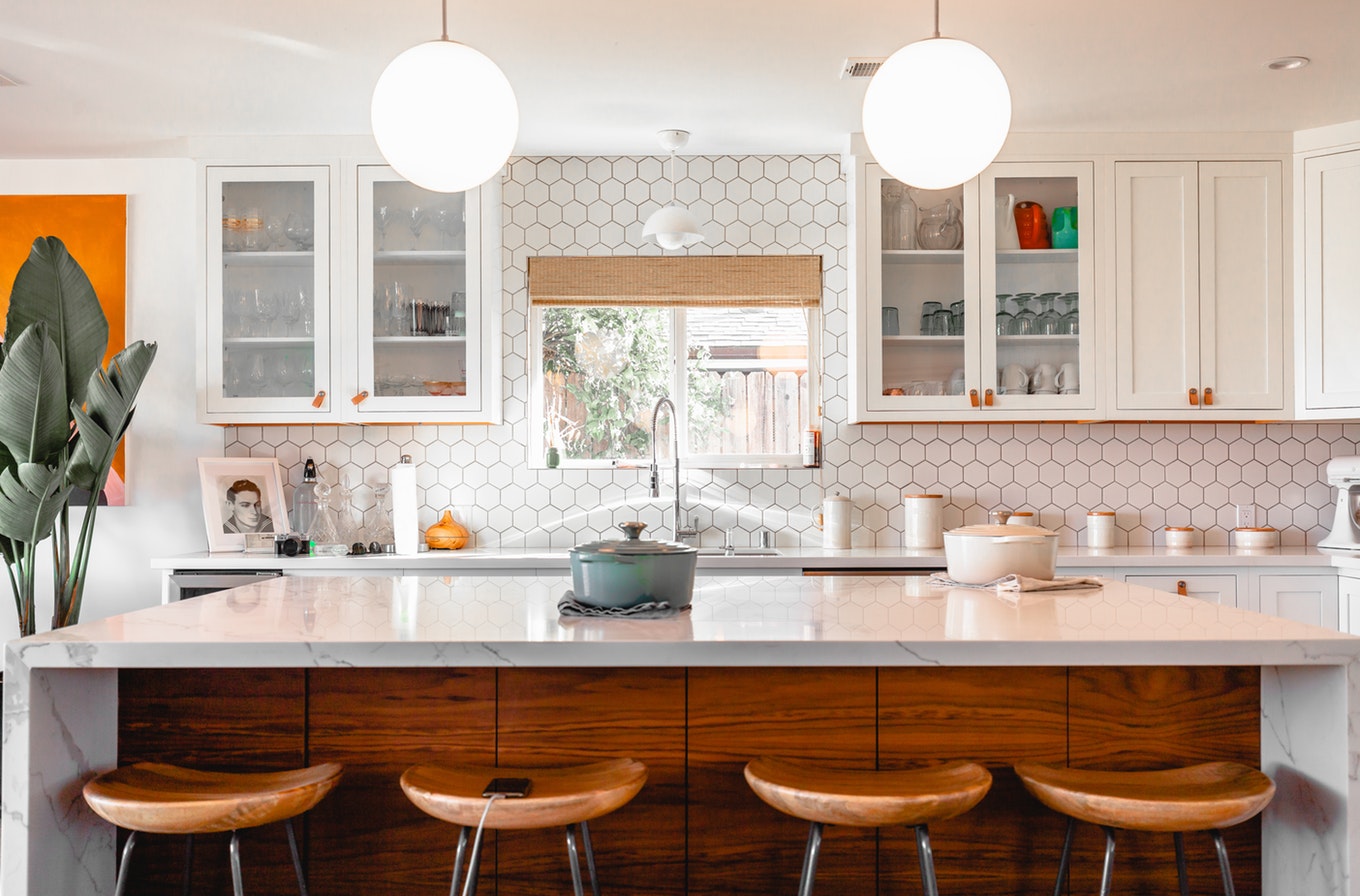
Credit: hotwire-electric.com
Benefits of Good Kitchen and Work Area Lighting
Good kitchen and work area lighting is essential for any home. It provides a brighter and more inviting atmosphere while making it easier to perform tasks. Additionally, it can help to reduce errors and fatigue as well as improve productivity, safety, and overall satisfaction. Good lighting can also make a small space appear larger, helping to create a more spacious feeling. Furthermore, it can improve the look of a room and help set the mood. With proper lighting, you can enjoy a more enjoyable and comfortable work environment. In short, good kitchen and work area lighting is essential for creating a safe and productive work environment.
Kitchen and Work Area Lighting Options
When it comes to kitchen and work area lighting, there are plenty of options. Whether you need general lighting, task lighting, or accent lighting, the right light fixtures can help you achieve the look and feel you want while providing the illumination you need. From recessed lighting to pendant lights, and wall sconces to under-cabinet lighting, there is a variety of options that can be tailored to your particular space and style. With the right lighting, you can transform your kitchen and work area into a beautiful, comfortable, and efficient space.
Kitchen and Work Area Lighting Design Considerations
The kitchen and work area are two of the most important parts of any home or office. It is important to consider lighting design considerations when making decisions about where to place lights, what types of lighting fixtures to use, and how much light should be used. By taking into account the needs of the room, the type of activities that are conducted in the space, and the overall look you are trying to achieve, you can create a kitchen and work area that is both efficient and aesthetically pleasing. When considering lighting design, think about the task lighting needed for food preparation, the ambient light that will help to create a warm and inviting atmosphere, and the accent lighting that will help to set the desired tone and mood in the room. With careful consideration of the lighting design needs of your kitchen and work area, you can create a space that is both functional and beautiful.
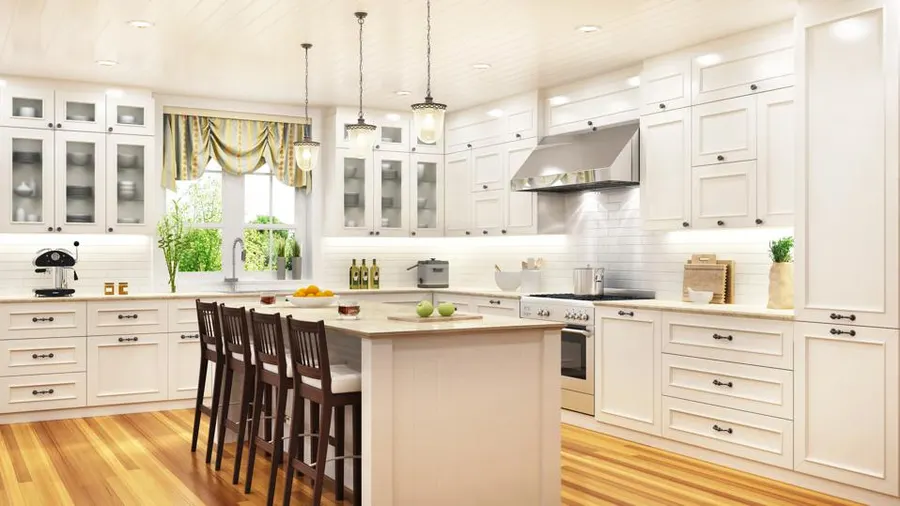
Credit: www.forbes.com
Best Practices for Installing Kitchen and Work Area Lighting
Installing kitchen and work area lighting can be a tricky process, but there are a few best practices that can make it easier. First, always use certified and approved lighting fixtures that meet all safety requirements. Second, keep the lighting design clean and functional and avoid adding too many fixtures or lights. Third, use the appropriate wattage for the fixtures and take into consideration the size of the room and the task being performed. Fourth, consider adding a dimmer switch to give you more control over the lighting in the space, and finally, always check with a professional electrician if you are unsure of the installation process. Following these best practices will ensure your kitchen and work area lighting is both safe and effective.
Choosing the Right Kitchen and Work Area Lighting
Kitchen and work area lighting can have a huge impact on the atmosphere of the space. When selecting the right lighting, it is important to consider the type of lighting and the level of brightness needed. Task lighting should be bright and focused in areas where specific activities are taking place. Ambient lighting should be softer and more general to create a comfortable atmosphere. Additionally, consider the different colors of light and the ability to adjust the level of brightness to meet your needs. With the right lighting, your kitchen and work area can be both functional and inviting.
Kitchen and Work Area Lighting Maintenance
Kitchen and work area lighting maintenance is essential for ensuring the safety and comfort of those working or living in the space. Proper lighting helps to create the perfect atmosphere in any kitchen or work area. To ensure your lighting is working correctly, it’s important to regularly check for any signs of wear and tear, as well as replace any bulbs that have burned out. Additionally, keeping surfaces free from dust and dirt can help to ensure that the light is reflecting correctly and that there are no shadows that can cause a work area to be less than optimal. Taking the time to maintain your kitchen and work area lighting can ensure that you have the perfect atmosphere for any task.
Troubleshooting Common Kitchen and Work Area Lighting Issues
Lighting is a crucial element of any kitchen or work area. It not only helps to create an ideal working environment, but it can also be essential for safety. Unfortunately, lighting issues can arise from time to time, requiring troubleshooting to identify and fix the problem. This blog provides insight into common lighting issues and how to troubleshoot them, including the causes of flickering lights and blown bulbs, and how to fix them. With this information, you can troubleshoot any lighting issues quickly and easily, so you can get back to work and enjoy a well-lit space.
Conclusion
Kitchen lighting is an important factor in creating a functional and inviting cooking space. With the right combination of task, ambient, and accent lighting, you can create a bright and inviting kitchen that is easy to work in. Furthermore, proper task lighting in the work area is essential for providing visibility and comfort for working in the kitchen. Additionally, smart lighting options such as LED lights, dimmers, and motion sensors can help make the kitchen more energy efficient. With these basics of kitchen general and work area lighting, you can create a kitchen that is both stylish and functional.

